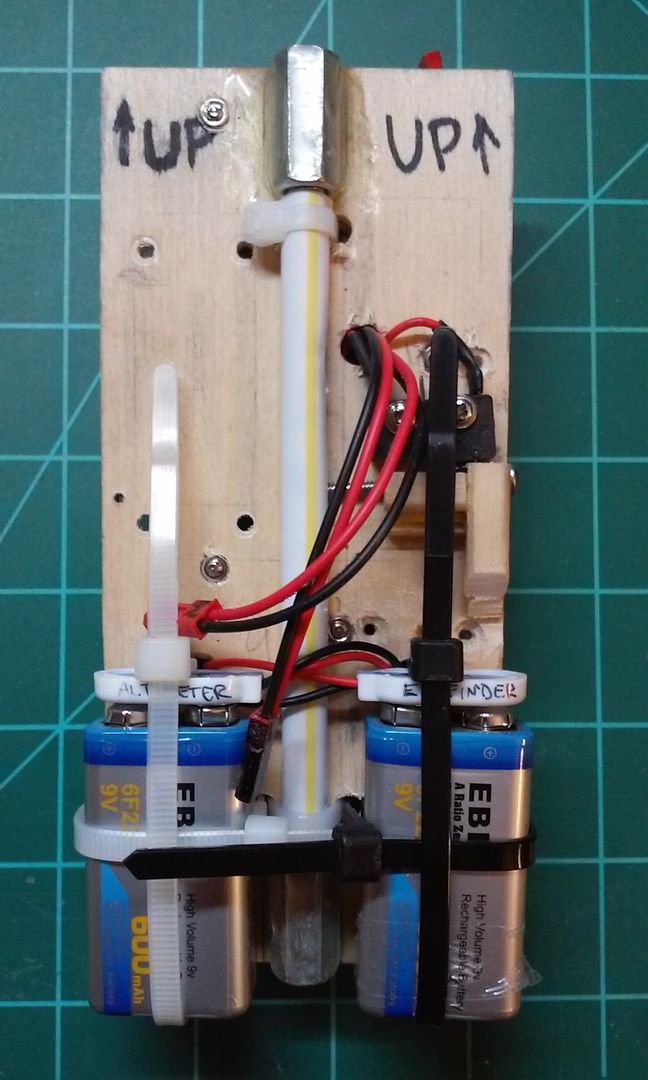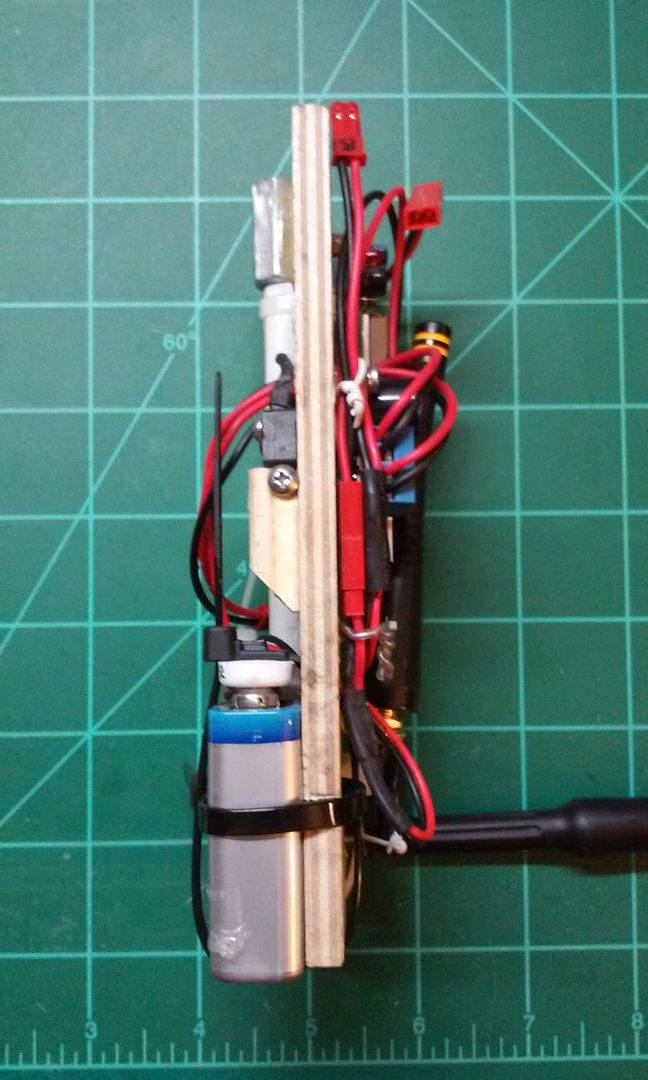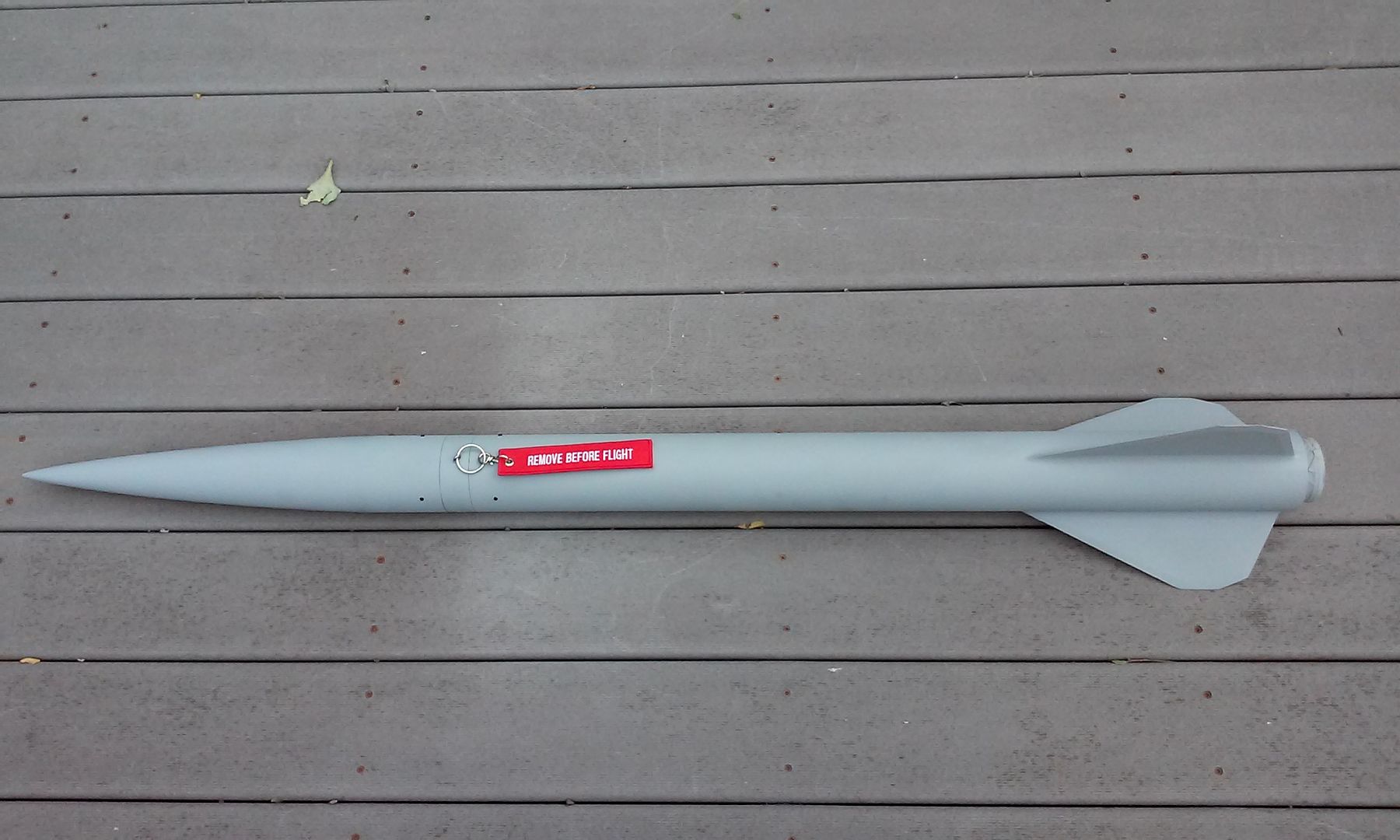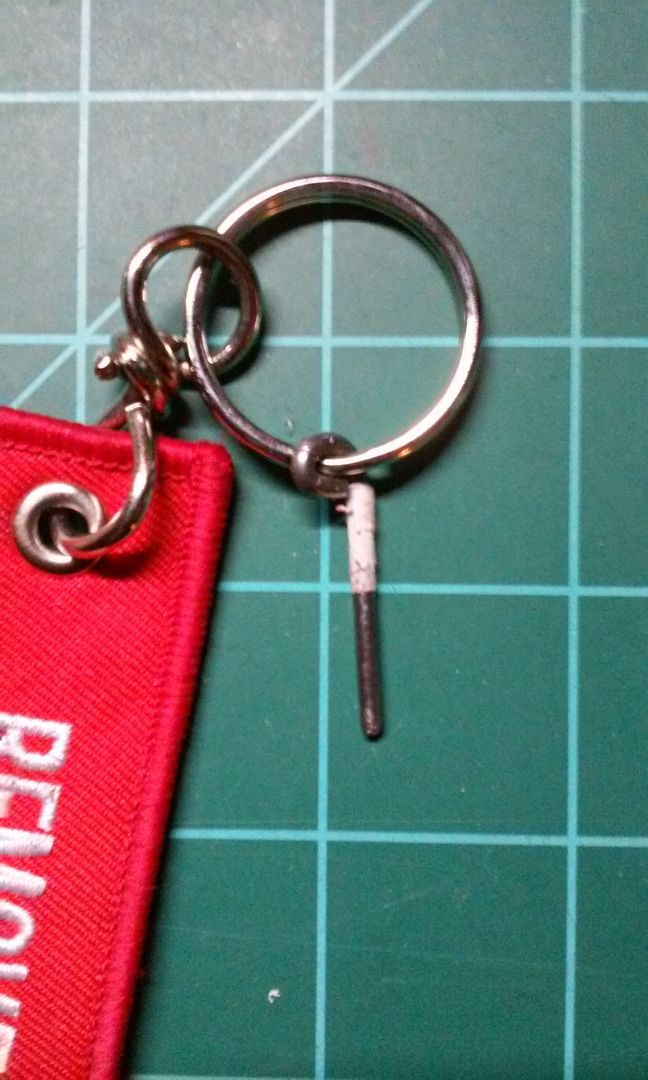- Joined
- Nov 8, 2015
- Messages
- 1,401
- Reaction score
- 78
Hello. Im new to the board and after an 11 year hiatus, am finally checking my bucket list by building my first HPR going for my level 1 certificate. After getting a StratologgerCF and reading the accompanying document, which was an excellent read, I believe it makes sense to build an always-on type SS-10T type switch with pull pin. (less chance of mechanical failure in my mind). After coming to that decision I searched the board and found a few conversations, but Im curious if anyone can recommend where to pick up a brass tube and matching sized pin? Seems I can find some online here and there but not close to matching diameters. Also curious what diameter would be best? I was thinking 1/8 ID on the tube with a matching pin size.
Then, that led to a second question. Im building the Madcow Torrent and it appears that every discussion, and video instruction sets show making the single ¼ Static Pressure hole. Again, after reading that manual and researching it appears a better strategy is to use 3 or 4 1/8 holes. If so, would the pull pin type scenario work well with that smaller diameter hole? I can assume if it fits in an 1/8 ID tube, then itd fit through the pressure hole.
Id sure value an experienced point of view on this. Thanks.
Then, that led to a second question. Im building the Madcow Torrent and it appears that every discussion, and video instruction sets show making the single ¼ Static Pressure hole. Again, after reading that manual and researching it appears a better strategy is to use 3 or 4 1/8 holes. If so, would the pull pin type scenario work well with that smaller diameter hole? I can assume if it fits in an 1/8 ID tube, then itd fit through the pressure hole.
Id sure value an experienced point of view on this. Thanks.








